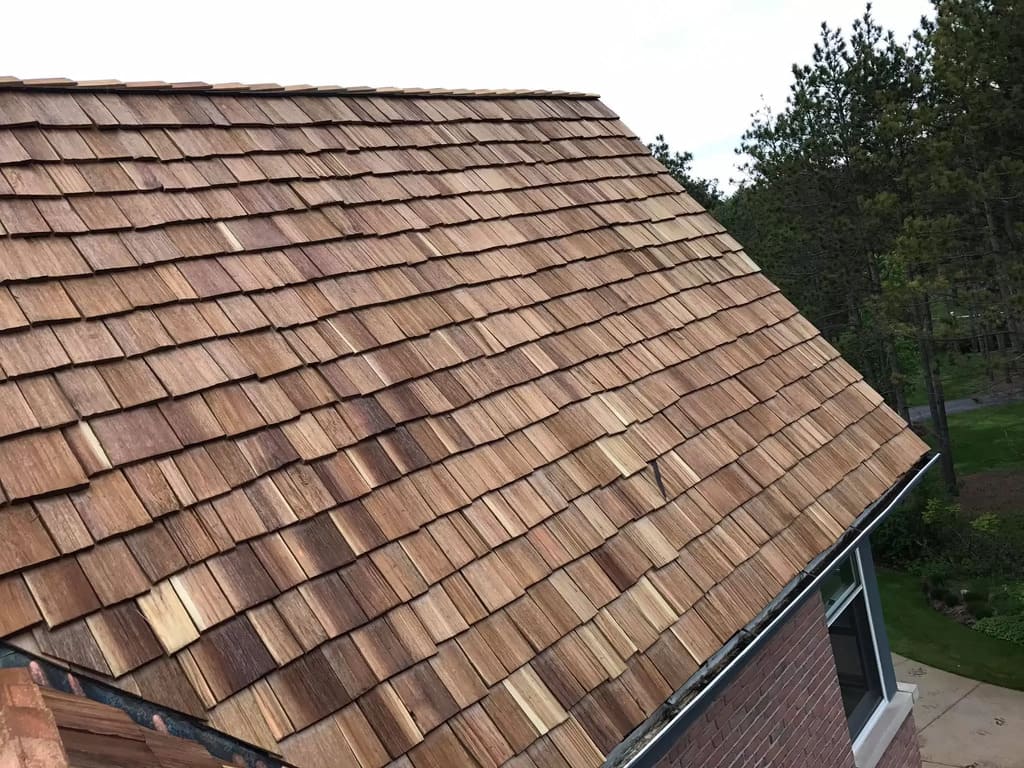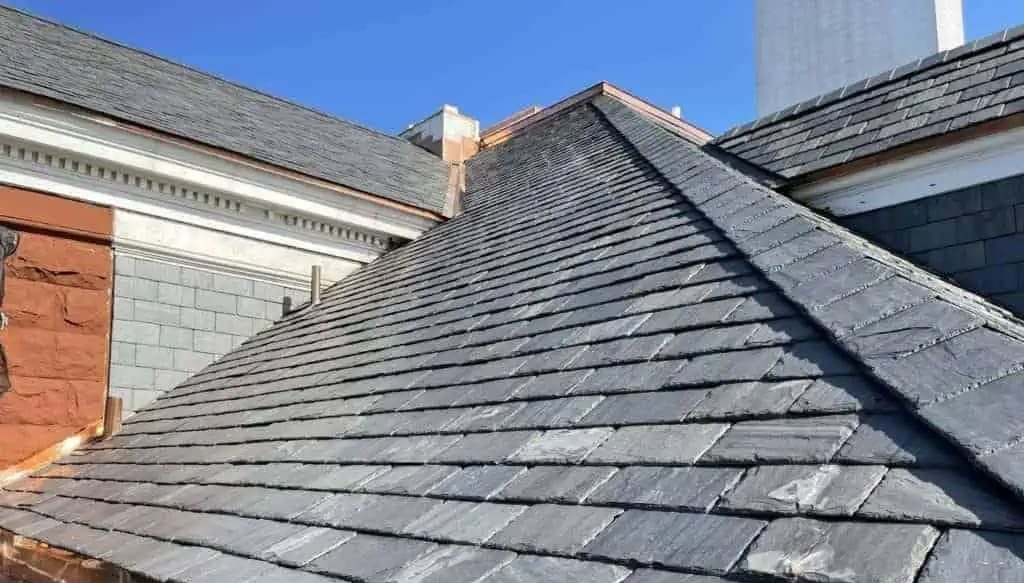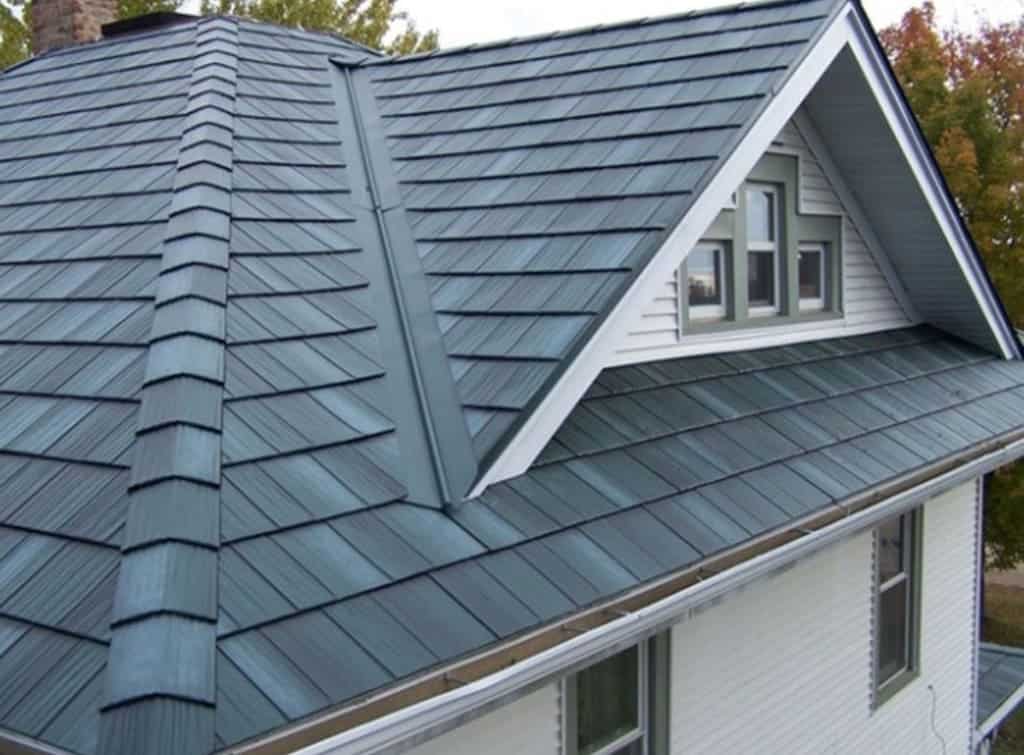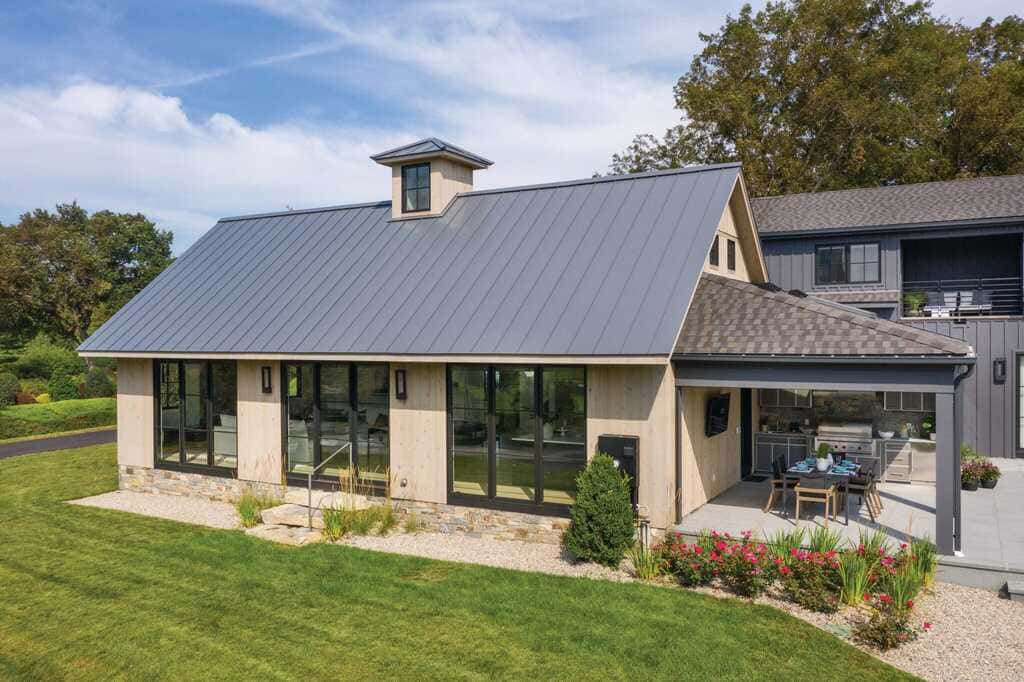Choosing the ideal material for your roofing is a very important decision that can have a significant impact on various aspects of your life. Not only does your roof protect you from rain, snow, or other weather conditions, but it can also have an impact on potentially increasing the value of your home upon eventual resale.
The durability of the material can save you from large costs in the future, as it will have a real impact on the frequency and amount of damage. It’s a good idea to consult with a trusted roofing company in advance to help you choose the right material for your needs. Here in this article, you will get to know how to choose the best roofing material.
Wooden Shingles

Wooden shingles are a popular type of roofing due to their aesthetics and traditional appearance. It is usually made of cedar or sequoia. These are trees known for their durability and relatively affordable cost. However, wood shingles require more and more careful maintenance compared to other types of roofing.
They need to be replaced every 20 years or so or even sooner (every 10 years or so) if you live in an area with heavy snowfall. They are considered a greener choice than other roofing materials, as wood is a natural and renewable resource. It can be recycled or composted at the end of its life cycle, contributing to a lower environmental burden.
Slate Tiles

Slate tiles are made from natural stone and are known for their longevity. They can last for many decades, requiring no special care other than regular cleaning as needed. However, cracks can appear on the slate over time. They are characterized by their natural appearance, which gives a classic and elegant look.
This material also has good thermal insulation properties, so with this type of roofing, you can expect to reduce energy consumption for heating and cooling, which can affect your bills. Slate roofing is usually more expensive compared to other options. Still, if you have an older home with distinctive architecture, it may be worth considering if cost is not a major concern.
Composite Roofs

Composite roofs are an innovative solution in the roofing industry because they combine the advantages of different materials. They are made from a mixture of plastic and other materials that can be shaped into different styles, shapes, and colors.
They are also available in a wide range of patterns, colors, and textures, allowing you to customize the look of your roof to match the style of your building’s architecture and your preferences.
This durable and resistant roofing material requires very little maintenance. Some composite roofs also have additional properties and can be resistant to fire or mold, and mildew. With proper insulation, a composite roof can help maintain optimal temperatures inside a building, which can benefit energy consumption for heating and cooling.
Asphalt Shingles

Due to their affordability, asphalt shingles are one of the most widely used roofing materials. They consist of several layers bonded together. Available in many colors, shapes, and designs, they are sure to meet the expectations of even the most aesthetically demanding customer.
They are relatively inexpensive but do not last as long as some other options. Asphalt shingles also require more maintenance, as heavy rains or storms easily damage them. However, they are relatively easy to maintain – regular cleaning from leaves, branches, or other debris is all that is needed.
Metal Roofs

Metal roofs are often made of various materials such as copper, aluminum, or zinc. They are characterized by a modern and elegant appearance. They are known for their durability and resistance to weathering. They also show resistance to mold, rot, or insects.
Metal roofs are also easy to maintain and can be easily cleaned with a pressure washer or garden hose. They are fireproof and energy efficient, which helps reduce cooling costs in the summer and keep your home warm in the winter months.
Metal roofs can be more energy efficient compared to other roofing materials. They can reflect the sun’s rays, which can help reduce building overheating in the summer. They are also easy to maintain. They may require renewal of the anti-corrosion coating every few years, depending on the type of metal used.
Choosing the right roofing material is important for the durability, aesthetics, and energy efficiency of a building. Asphalt shingles, slate tiles, composite roofs, and metal roofs are popular options with different features and benefits.
When choosing, it’s worth considering the local climate, budget, building style, durability, energy efficiency, and maintenance costs. Working with professional contractors is important, and regular maintenance of the roof is key to its long-term performance.
Continue reading:

